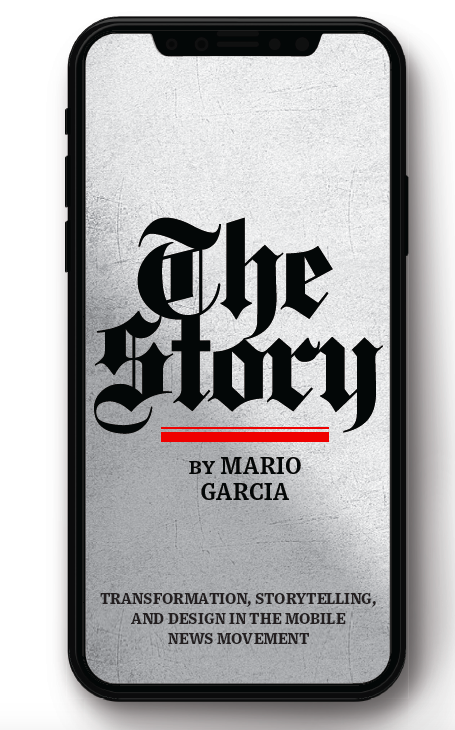How a story flows today is key to how it will be consumed. In today’s media environment, where the media quintet prevails and news flows from phone to tablets to online to print—and even the watch— we must make sure that the right signals are sent to indicate the importance of a story.
Today is a good case study to analyze.
The story? Some of Robert Mueller‘s investigators “have told associates that Attorney General William P. Barr failed to adequately portray the findings of their inquiry and that they were more troubling for President Trump than Mr. Barr indicated, according to government officials and others familiar with their simmering frustrations. ” Reporters Nicholas Fandos, Michael S. Schmidt and Mark Mazzetti report.
Taking a look at the story
Here is how this story appeared as the lead (left side of screen) on The New York Times’ website.

Here is the story as the lead item on the Times’ app.

And here we see the printed front page of the Times today, with the story in the traditional right hand side lead position, and the all caps headlines.
Somehow the impact here is greater than what we see in the digital editions.

Hierarchy wins with print
No question about it, the larger canvas of the printed page allows for the hierarchy of stories to appear more clear. We all know that. The front page is going to allow the reader to survey several stories, from 7-13 sometimes. Readers take a glance and decide which stories to read.
The challenge for those designing for the small screen of the phone is that the canvas is much reduced and users will give us very little time (around 4 seconds) before moving on to the next story, as in thumbs up.
I do wonder why those designing the digital editions of the Times have not allowed for a template that gives a major story such as this one a better visual edge? Why not take the all caps to the digital presentation, for example? Obviously, on the phone that is the first and only story we see, so that sets up the hierarchy right away. It is a different story for those coming to the Times’ home page where we see no major difference between how this story is played and an ordinary story.
On days when there is a definitive hard edged story like the Mueller story, print definitely wins.
Pre-order The Story here

The newspaper remains the most powerful source of storytelling on the planet. But technology threatens its very existence. To survive, the Editor must transform, adapt, and manage the newsroom in a new way. Find out how, pre-orderThe Story by Mario Garcia, chief strategist for the redesign of over 700 newspapers around the world.
Order here:
https://thaneandprose.com/shop-the-bookstore?olsPage=products%2Fthe-story

An interview of interest
http://www.itertranslations.com/blog/2019/3/11/fd60ybflpvlqrgrpdp5ida5rq0c3sp
TheMarioBlog post #3023